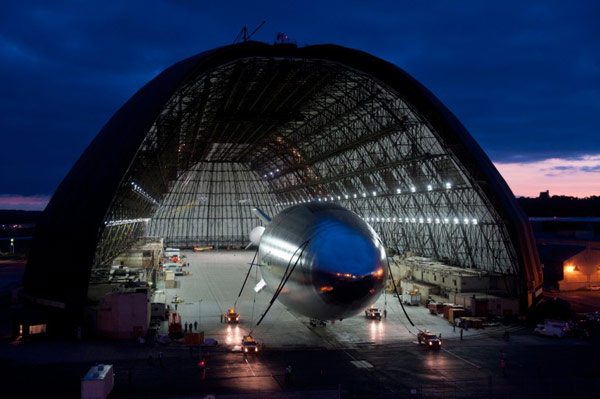Unmanned aerial vehicles (UAVs) or drones have repeatedly proved their worth in recent conflicts. Drones have certain inherent advantages over manned platforms, motivating the interest of military forces and driving the market for military drones. Despite projections for a substantial increase in spending on UAVs, reduced military expenditure by the United States is causing uncertainty among industry stakeholders.
New analysis from Frost & Sullivan, Military Unmanned Aerial Systems Market Assessment, finds that total market revenue is likely to be $ 61.37 billion across the forecast period 2011-2020. It is estimated that the global military unmanned aerial systems (UAS) market generated $ 4.55 billion in revenues in 2010, a figure that is set to rise to $ 7.31 billion in 2020.
“The United States will reduce its spending on UAS as it is adequately equipped to meet its needs,” notes Frost & Sullivan Senior Research Analyst MahendranArjunraja. “Although the country has plans to increase its inventory by more than 35 per cent over the next ten years, market revenues are expected to decline at least till 2020; the U.S. military UAS space is undergoing a transition from procurements to sustainment with most future procurements likely to be limited to upgrades.”
At the same time, Europe is facing intense competition in the medium-altitude, long-endurance (MALE) UAV segment, as more domestic companies are collaborating to develop indigenous equipment. Existing high altitude, long-endurance (HALE) UAVs are too expensive for many nations, even while MALE equipment has limited capability. Hence, an opportunity exists for equipment with capabilities between MALE and HALE.
As the operations in Afghanistan are expected to reach an end soon, governments are unlikely to show keen interest in renewing lease agreements. This will have an immediate impact on UAV leasing companies. However, this restraint is set to become a driver in the long-term, as cash-strapped countries would be able to allocate resources for equipment procurement.
“Reduction in spending by the United States is expected to slow down the UAS market,” cautions Arjunraja. “Fortuitously for market participants, this slowdown will be partly off-set by the growth in the European and Asian markets.”
The military UAV market in Europe and Asia will witness significant growth in the next ten years. This is the opportune time for UAV manufacturers and suppliers, therefore, to explore opportunities in these emerging markets.
Frost & Sullivan, the Growth Partnership Company, enables clients to accelerate growth and achieve best-in-class positions in growth, innovation and leadership. Frost & Sullivan leverages 50 years of experience in partnering with Global 1000 companies, emerging businesses and the investment community from more than 40 offices on six continents.









